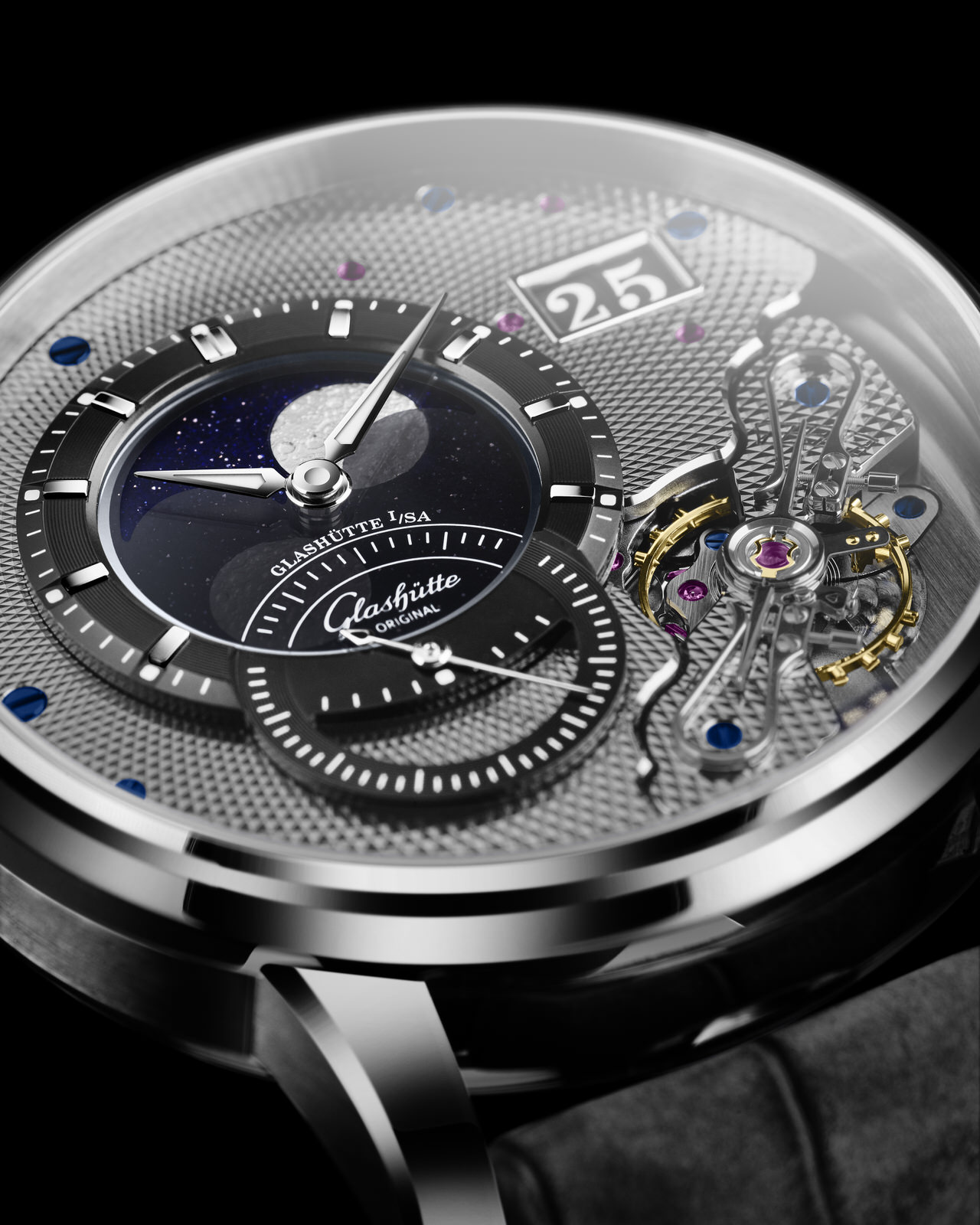Breguet Announces the Classique 7637 Répétition Minutes
The captivating and mysterious minute repeater stands out as one of the most remarkable complexities in watchmaking. A skilled watchmaker, Abraham-Louis Breguet, became deeply engrossed in the complication and endeavoured to enhance the mechanism. In 1783, he introduced the first minute repeater that produced sound by striking a spring blade, separating from the previously employed bell-type gong. Today, Breguet celebrates these accomplishments with a new release.
Meticulous craftsmanship
Minute repeaters are significant complexities in watchmaking and are celebrated as complex mechanical marvels. Outside the movement, these timepieces enclose a chiming system of hammers that strike a gong-like spring. Moreover, the selected materials for their construction must exhibit clear acoustic properties. For example, stainless steel, titanium, and gold would show different sounds. Furthermore, it has to be compact enough to fit within an average-sized casing. The art demands thorough precision, years of honed knowledge, and phenomenal skill. Crafting a minute repeater necessitates over a month of painstaking effort. Breguet has kept this tradition for almost 250 years at its Manufacture in the Vallée de Joux.

On top of the required expertise of a specialized watchmaker proficient in complex timepieces, finding an acoustician dedicated to achieving flawless sound quality is crucial in the timepiece’s development. After the movement is assembled, tuning the gong occurs and is separated into harmonic and melodic phases. Within a soundproof chamber designed explicitly for this horological complication, the acoustician’s first task is to ascertain the resonant frequency of each gong. Once this keynote is identified, further refinements are undertaken to discover a melody that best reflects Breguet’s distinctive sound. Given that each timepiece is meticulously handcrafted, the acoustics subtly vary from one watch to another, enhancing the uniqueness of this complication even further.

The dial of the 7637 timepiece demands specific craftsmanship that only a few artisans currently practice: the grand feu enameling technique. This technique involves mixing silica and ground oxides to create coloured powders, which are then blended with water and applied to the dial using various methods. The true artistry lies in the subsequent firing process. Each layer of colour necessitates firing at a specific temperature exceeding 800 degrees Celsius for a carefully predetermined period. Upon exposure to this extreme heat, the enamel fuses and melts to form individual layers. Crafting a dial in the desired shade can extend over the course of several weeks.

The Breguet Arabic numerals, minute track, and logo are accentuated in a powdered silver hue. The hour and minute Breguet hands are open-tipped. There is a dedicated slide positioned at 9 o’clock to activate the minute repeater.
The watch case is measured at 42mm and is presented in both rose and white gold. It covers the Calibre 567.2 movement, characterized by its balance oscillating at a frequency of 2.5 Hz. Upon turning the watch over, the entirely hand-engraved mechanical manual-winding movement is observable through the sapphire crystal caseback, alongside the polished steel hammers. Beyond the visual aesthetics of the handcrafted embellishments, this movement exhibits innovation in the arrangement of gongs, gong-holders, and hammers. Notably, the gongs are attached to the case middle instead of the plate, allowing them to vibrate directly and enhance sound transmission. Additionally, the gongs are fashioned from gold to produce a harmonious sound enriched with numerous overtones. Moreover, this material yields an added benefit – since the case is also crafted from gold, the components share consistent acoustic properties, resulting in improved sound propagation and performance. Breguet has patented this particular characteristic.
The rose gold comes with a black alligator strap while the white gold comes with a midnight blue alligator strap.

What I think about the watch.
The watch encompasses the best of a modern dress watch. Having only two hands made it classified to be a classic dress watch. Given the purpose of creating this watch, it’s the best decision Breguet could have made. A minute-repeater adds a touch of complication to what looked like a simple watch. An average person or beginner watch enthusiast would only think of these as a normal two-hander, but deep down, it houses one of the best movements the House of Breguet ever made.

Unfortunately, great power comes with a high price tag. The rose gold is priced at $362,500 AUD, while the white gold is priced at $364,000 AUD. This is estimated at $235,000 USD for the rose gold and $236,000 USD for the white gold.
What if I like the styling, but not the price tag? Luckily, Breguet has a few alternatives. If you enjoy Roman numerals rather than Breguet numerals, the Classique 5157 is still in production. If you want second hands and a date, the Classique 5177 is an option. There’s also the Classique 7147 for those who like a bit of asymmetry. Some of these are also more perfect for the small wrist as the first two watches are only 38mm and the latter is 40mm. The minute repeater two-hander comes in a 42mm diameter. Though perfect for the modern man, the smaller cases suit the wearer with a finer wrist.

|
Further Information |
|
|---|---|
| Reference number | 7637BR/2N/9ZU |
| Movement | Calibre 567.2 Hand-wound, entirely chased by hand |
| Functions | hours, minutes, minute repeater |
| Frequency | 2.5 Hz |
| Case | White gold and Rose gold |
| Dimensions | Diameter: 42 mm, Thickness: 12.25 mm |
| Dial | Black grand feu enamel, Arabic numerals, secret signature |
| Strap | Alligator leather strap, gold and triple blade folding clasp |









